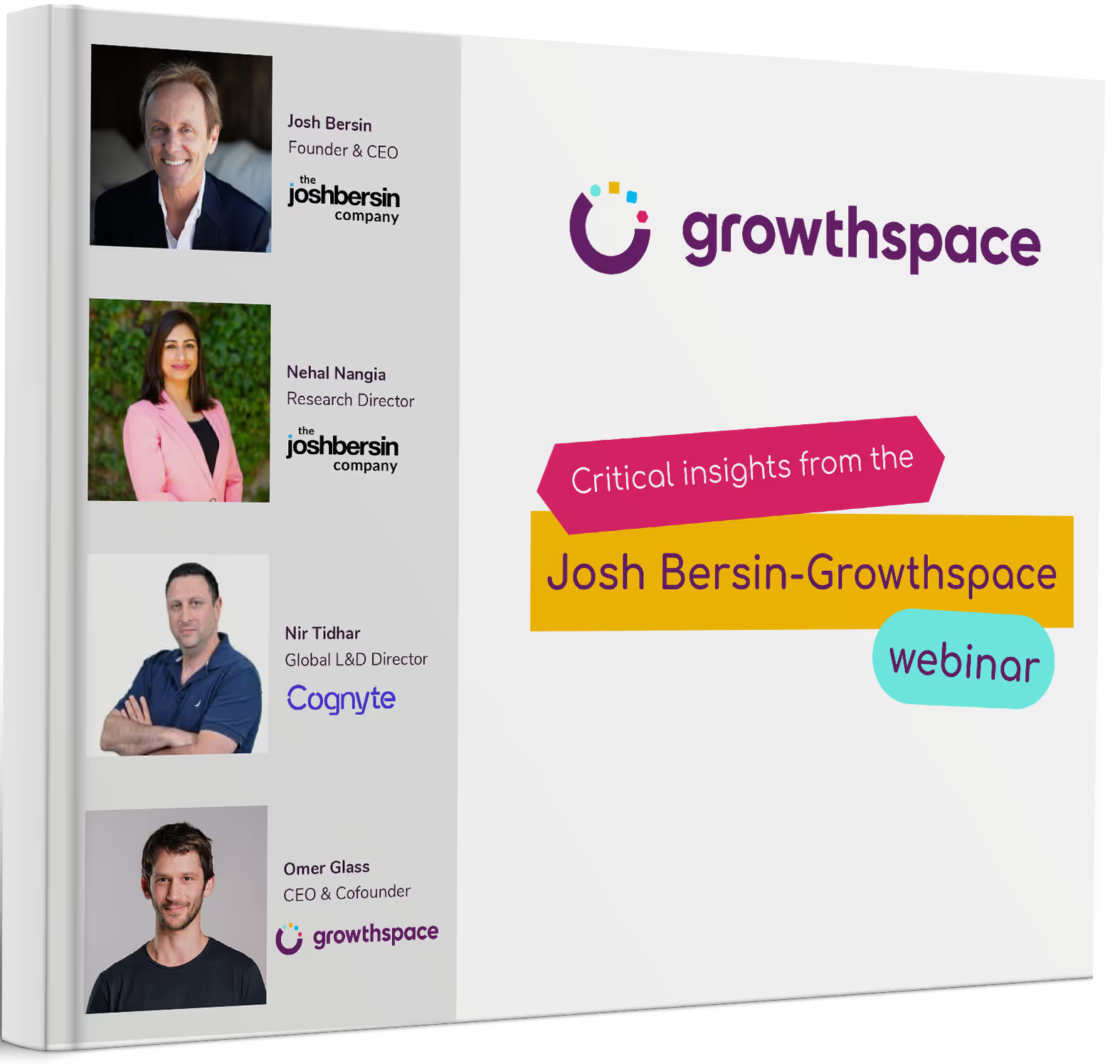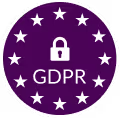Ready to turn insights into impact?
Discover how Growthspace can help your team apply what matters with expert-led development tied to real business outcomes.
Thank you! Your submission has been received!
Oops! Something went wrong while submitting the form.
We saw measurable skill growth in weeks, not months.













